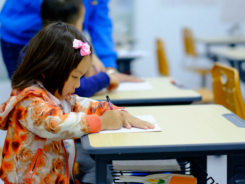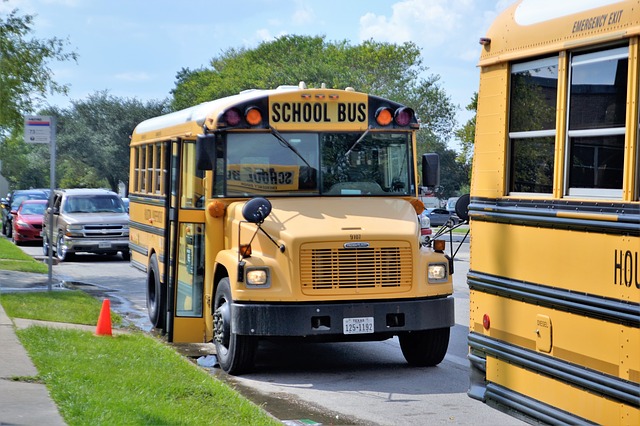Considerable number of American students don’t read well.
About one third of American fourth grade students read below the basic level in the National Assessment of Educational Progress reading test. The “basic” level refers to partial understanding of prerequisite knowledge for proficient work in each grade.
It can cause an achievement gap.
Large number of students enters kindergarten with less mastery in reading and thus they fall behind their peers, this continues as grades pass. There comes an increase in differences in language, exposure to print and background experiences when they are introduced to challenging reading materials in higher grades.
This settles a relationship between prior knowledge and reading comprehensions, students with prior knowledge perform better. The difference can be observed in students from age 3. Some subgroups of students have failure rate – 52% of black students, 51% of Hispanic students, and 49% of poverty struck students, all of them scored below basic in the NAEP assessment.
Learning to read is difficult.
Reading is not a simple process as it requires simultaneous development of many other skills. Here’s a comparison between drivers and readers for an analogy. They have to:
- Build the car (establish a mechanism system to identify words)
- Maintain the car (fuel it with print, making corrections, and make sure things run smooth)
- Drive the car (which needs us to be motivated, strategic, and mindful of our route)
However, cars are made up of discrete parts and they are built separately. We can’t do the same in reading as each skill needs to be developed simultaneously.
End goal should be clear in mind while teaching.
As we know that reading is complex, the most accomplished teachers learn to teach by keeping the end goal of students in their mind. Teachers teaching young children get proficient in balancing various components such as phonemic awareness, phonics, fluency, vocabulary and comprehension in everyday teaching. The best teachers try to inculcate a love of books, words and stories.
Struggling kids have problems in pronunciation
The core of reading difficulties is with decoding and word recognition. Poor readers not only read bad but also struggle to find a proper pronunciation of the words they read. This struggle with sounds’ association with certain letters is called “alphabetic principle”. The major cause of this is lack of phonemic awareness –knowing about how words are made of different sounds or phonemes. When the word recognition isn’t automatic, reading isn’t fluent, and then the comprehension
Learning to read is connected with learning to talk and listen
Families and teachers should talk and listen to young children, this helps in development of the skills required for reading. For example when your kid says “cook.”, and you interrupt by saying, “Would you like a cookie?”, then you are building his or her vocabulary, sentence structure, syntax, purpose of communication –everything that makes the kid a better reader. Playing games about word recognition and rhymes improve the phonemic awareness of your kid. Kids with language, hearing or speech problems need to be identified early so they receive help on time.


































